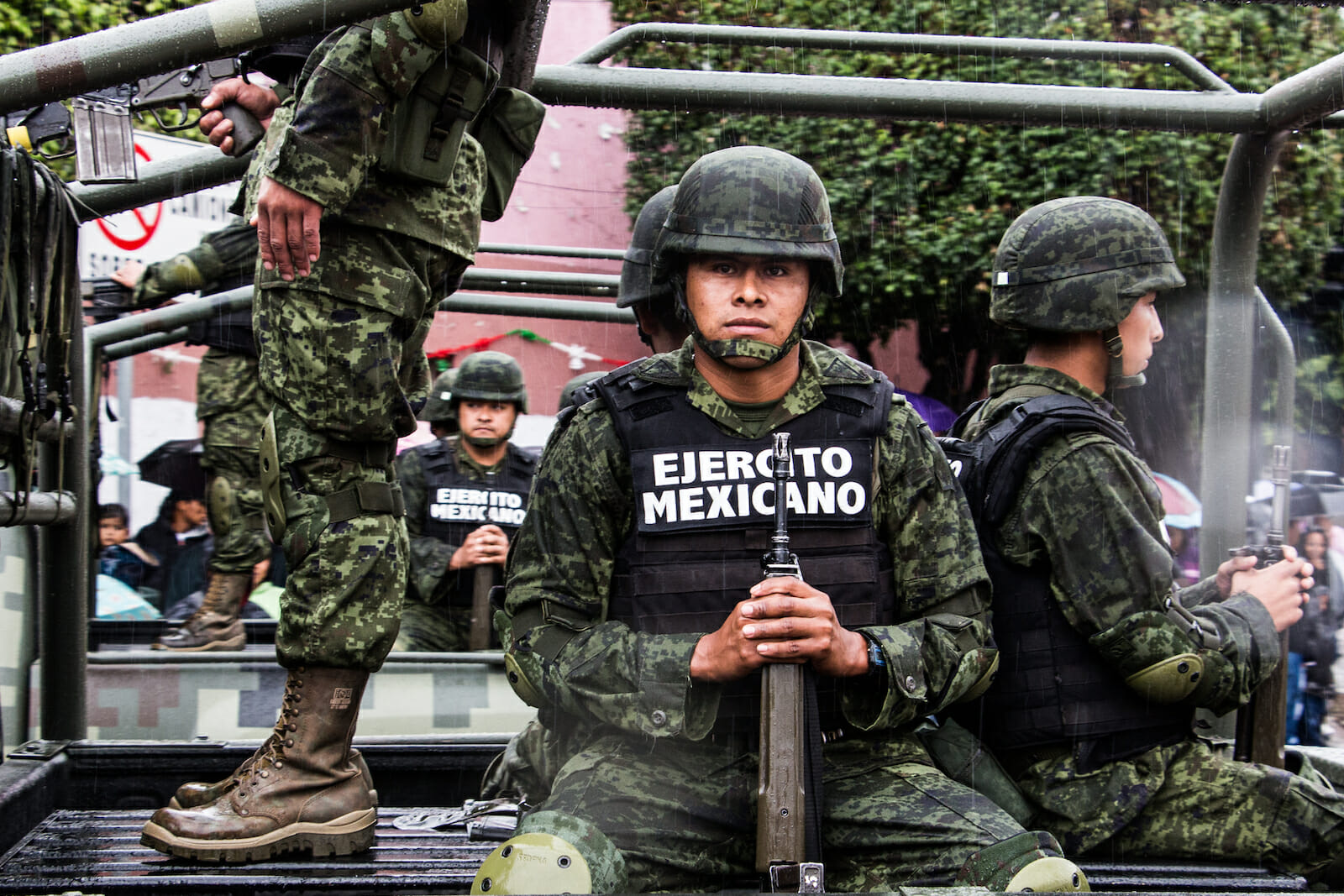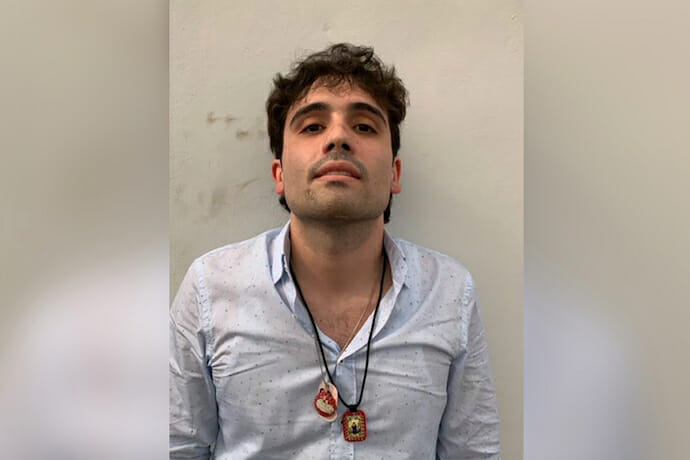
Mexico’s Streets in Anarchy as Narcos Overpower Police in Sinaloa
Two days ago, on October 18 at around 14:45, a security operation took place in Sinaloa, Mexico; during the raid, Ovidio Guzmán, son of Joaquín Guzmán “El Chapo,” was captured. However, the operation resulted in a catastrophic failure. The city of Culiacán was overrun by cartel henchmen, multiple firefights broke out as blockades were established and properties were burned, and Ovidio Guzmán was ultimately released to keep the peace and preserve the population.
The operation targeted a cartel safe house and an undisclosed individual. The residence was encircled by 30 National Guard and Federal Police agents, who had to stand by for confirmation from higher command to perform a breach and search. The heads of Mexico’s multiple government security corporations later admitted they had not been briefed about the operation and did not even know it was taking place.
The National Defense Secretary, General Luis Cresencio Sandoval, and the Public Security Secretary, Alfonso Durazo, shared the details of the operation the day after, on October 19. The raid was not correctly coordinated and multiple high-ranking officers in both security forces demonstrated that they were not fully briefed about the public statements made the following hours. Alfonso Durazo made incorrect comments during a press conference during the afternoon of the day the events took place.
Drug Cartel Control Is Not Peace
I write in the NYT about the fallout from Culiacan. There is a valid debate about the decision to release Ovidio Guzman. But it highlights the need of President Lopez Obrador to forge a coherent security strategy…
— Ioan Grillo (@ioangrillo) October 21, 2019
General Sandoval declared that “these personnel, due to an eagerness to get positive results, acted hastily, with deficient planning, with a lack of foresight about the consequences of the intervention, also omitting to obtain consent from their superior officers.” The forces surrounded the house before they had been authorized formally to carry out the raid and the cartel members inside spotted them and engaged the agents. The 30-man team pushed the engagement and secured the house. Inside, at around 15:00, they found Ovidio Guzmán, one of the main leaders of the Cartel de Sinaloa.
This triggered a cartel response throughout the whole city. Multiple roving bands of heavily armed criminals flooded the streets and started engaging police and military forces. The engagements lasted around 4 hours and ended when the raid team was ordered to retreat and to release Ovidio Guzmán.
During the time period between 15:45 and 20:00, according to the official numbers disclosed in the October 19 press conference, the cartels managed to set up 19 blockades, 14 engagements with the army, a raid on the army barracks, a raid on the state police surveillance center, and a mutiny in the state prison leading to the escape of 59 prisoners ─ out of which 2 were recovered. The authorities at the press conference also confirmed that an army Humvee and a Ford Silverado had been stolen along with all the equipment on the patrols who were occupying those vehicles.

In this time period, multiple verified videos circulated on social media, especially on Twitter. The videos show multiple events like a cease-fire where soldiers had to surrender their weapons to cartel members at a checkpoint. The authorities, so far, claim that there were 8 dead and 16 injured, although the final headcount is not clear.
The cartel members also uploaded their own videos, bragging about the military-grade weaponry and equipment they brought to terrorize the city of Culiacán. Some of the weaponry shown includes .50 caliber heavy machine guns on the backs of pick-up trucks and vehicles disguised as telecommunications maintenance vans, rocket-propelled-grenade launchers, M72 disposable anti-tank weapons, M257 machine guns, .50 caliber sniper rifles and automatic rifles traditionally designed to use 7.62 and 5.56 ammunition types. The amount of high-grade equipment Mexico’s drug cartels have access to was revealed.
“We cannot talk about a failed state because of a bureaucratic delay,” said Durazo regarding the fact that the forces raiding the cartel safe house had to stand by to get confirmation for the operation: “This does not lead us to talk about a failed system, but it does make us talk about the whole administrative and justice apparatus, which has been historically deficient and corrupt and we can’t deny it. We are facing that reality.” Ultimately, Durazo admitted the Federal Security Cabinet was not informed of the operation.
Regarding Ovidio’s release to pacify Culiacán, Jack Riley, former Drug Enforcement Agency official, commented on the situation in an interview with Proceso: “Mexico’s president just made a deal with the Devil, he essentially told the Sinaloa Cartel: you’re in charge here.” Currently, public opinion is divided on this topic, since the release of Ovidio means that the operation was a complete failure, but it undeniably caused the cartel to leave the streets and stop the skirmishes.
